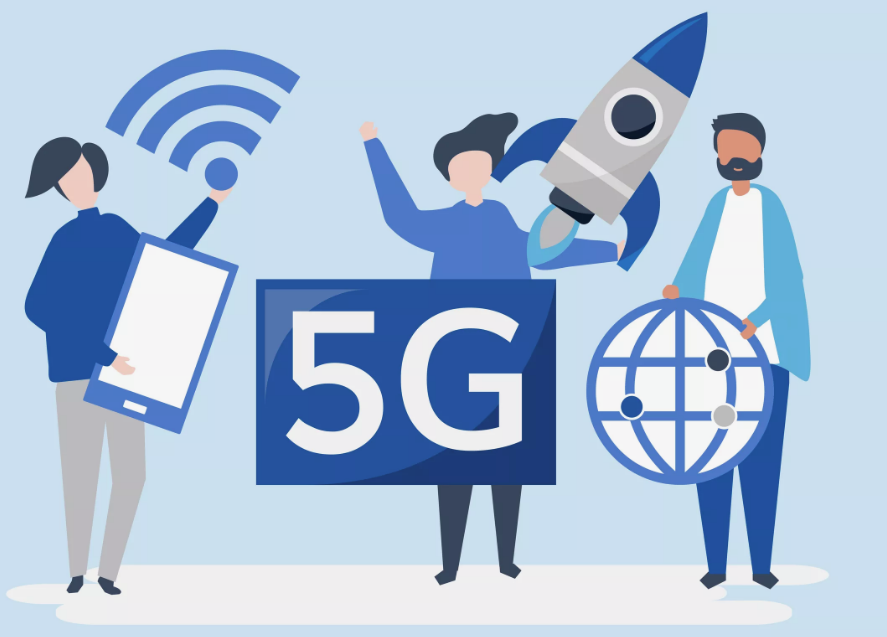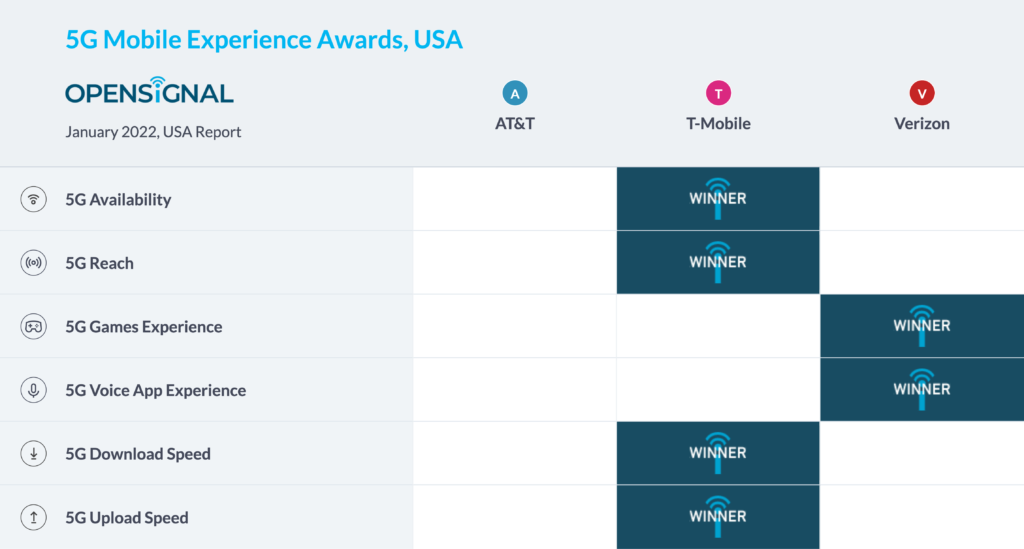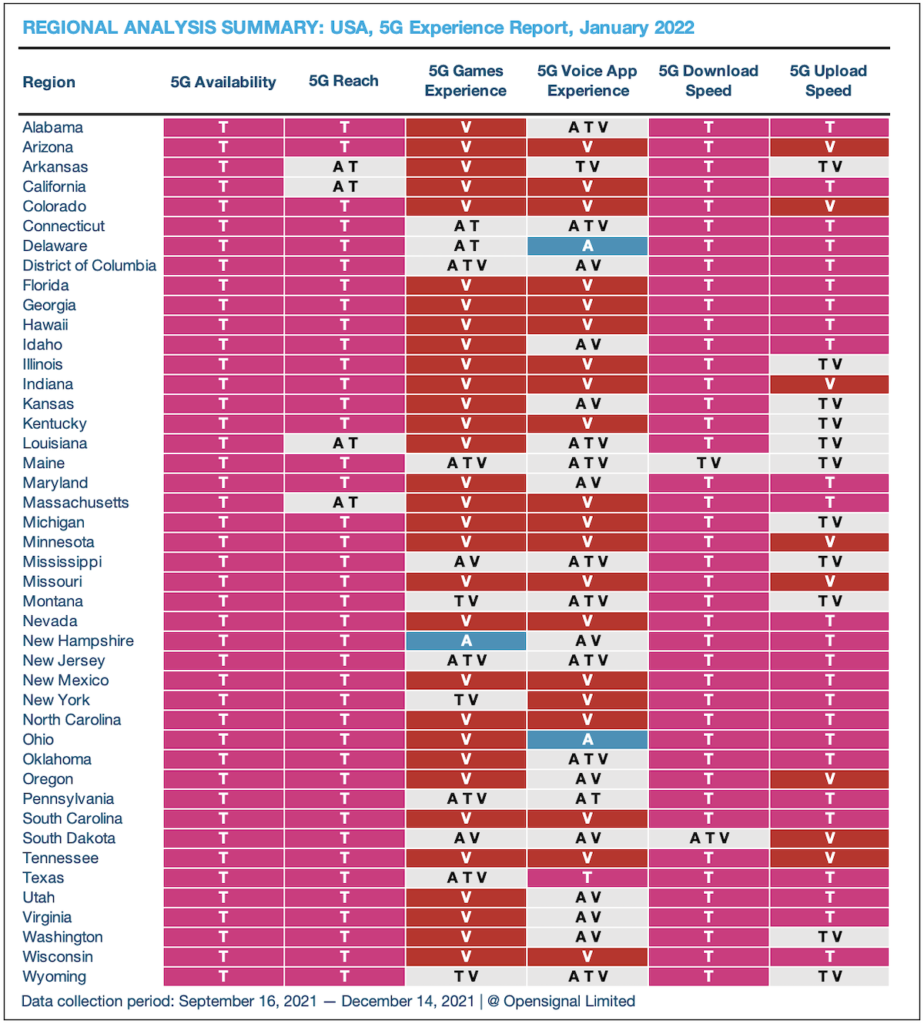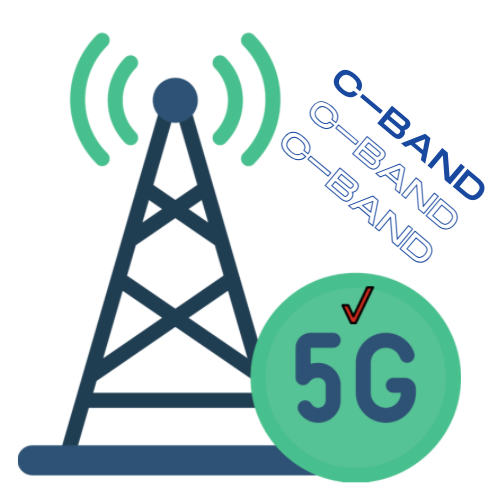As more of our lives depend on technology and the Internet, it’s important that we have a fast and reliable connection. For wired Internet services, that might not be such a problem. What if you’re relying on mobile broadband Internet service? With the advent of 5G technology, cellular networks have become even faster, offering lightning-fast download and upload speeds to users. However, there are still many areas where cellular connectivity is weak, and users struggle to get high-speed internet.
In order for the cellular service to provide an adequate connection, the cellular device must have a decent signal. There may be good bandwidth speeds too, but both cellular signal strength and bandwidth speeds are quite variable. This is due to differences in things like environment and the frequency in which the cellular connection is broadcasting. So, we recommend users perform a site survey at their location to help determine if an antenna may help. Of course, in some cases users may opt instead for a wireless signal repeater/booster. These come as kits that are made for boosting signals to multiple cellular devices simultaneously.
An antenna is a device that is designed to transmit and receive electromagnetic waves. In the context of cellular networks, antennas are used to capture signals from nearby cell towers and transmit them to the user’s device. They also send signals from the user’s device back to the cell tower. By using a high-quality antenna, users can improve their signal strength and achieve higher speeds. Want to see how it works? Check out our video below.
What Affects Cellular Performance?
In cellular networks, the antenna is a critical component that determines not only the signal strength, but coverage area and data rate of the wireless link. The signal strength is a measure of the power of the received signal at the receiver’s antenna. The coverage area is the region around the cell tower where the signal strength is sufficient to maintain a reliable connection with the user’s device. The data rate is the maximum achievable speed of data transfer between the user’s device and the cell tower.
Several factors affect the performance of the antenna in cellular networks. One of the primary factors is the distance between the user’s device and the cell tower. The farther away the user’s device is from the cell tower, the weaker the signal strength, and the lower the data rate. This is because the electromagnetic waves from the cell tower follow an inverse-square law, which means that the power of the signal decreases with the square of the distance from the source.
Another factor that affects the antenna’s performance is the obstructions between the user’s device and the cell tower. Obstructions can be natural, such as trees, hills, and mountains, or artificial, such as buildings, walls, and vehicles. Obstructions can cause attenuation, reflection, and scattering of the electromagnetic waves, leading to a decrease in signal strength and data rate.
Interference is another factor that affects the performance of the antenna in cellular networks. It can be caused by other wireless devices operating in the same frequency band or by noise sources such as motors, generators, and power lines. Degradation in the the signal quality, increases in the error rate, and reductions in the data rate can also be possible.
Types of Antennas
There are several types of antennas that can be used to improve cellular speeds. Each have its own set of advantages and disadvantages. Some of the most common types of antennas used in cellular networks include:
- Omnidirectional Antennas: These are the most common type of antenna used in cellular networks. Omnidirectional antennas transmit and receive signals in all directions, making them ideal for use in areas where there are multiple cell towers or where the user’s device is moving around.
- Directional Antennas: As the name suggests, directional antennas transmit and receive signals in a specific direction. These antennas are ideal for use in areas where there is only one cell tower or where the user’s device is stationary.
- Yagi Antennas: Yagi antennas are a type of directional antenna that is designed to provide high gain and long-range coverage. These antennas work best where there is line of sight to the cell tower, meaning little to no obstructions in between. They are often used in more remote areas where there is a weak signal and speed.
- Panel Antennas: Panel antennas are another type of directional antenna that is designed to provide high gain and long-range coverage. These antennas do not require line of sight and are also used in more rural areas.
What Can You Do?
To overcome challenges, and improve the performance of the antenna in cellular networks, several techniques and technologies have been developed. One of the most effective ways to improve the antenna’s performance is to use a high-quality antenna. Specifically, one that is optimized for the specific frequency band and radiation pattern. For example, some directional antennas are tuned to a specific frequency. This generally results in a higher boost than antennas with wider frequency ranges.
Another technique to improve the antenna’s performance is to use multiple antennas in a system, known as Multiple-Input Multiple-Output (MIMO). MIMO technology allows the user’s device to transmit and receive multiple data streams simultaneously using several antennas. This can increase the data rate and reliability of the wireless link. It is commonly used in modern cellular networks to achieve high-speed internet connectivity and support advanced applications. Things like video streaming, gaming, and virtual reality.
Using an antenna to improve cellular speeds is relatively easy, and most cellular modem/ routers come with external antenna ports. Users can purchase a high-quality antenna that is compatible with their device and if needed, connect it using an adapter. Once connected, the antenna will begin capturing signals from nearby cell towers. It then transmits them to the user’s device, resulting in improved connectivity.
If you’re ready to see how an antenna can help you, check out our guide to selecting the right antenna. The 5Gstore team is also ready to assist you with any questions, Monday thru Friday. Reach us by phone, email, or chat!












